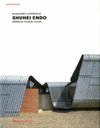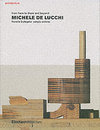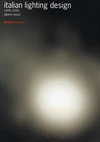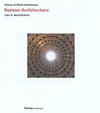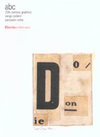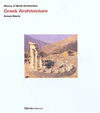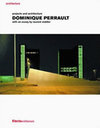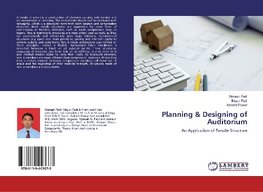
-
 Anglický jazyk
Anglický jazyk
Planning & Designing of Auditorium
Autor: Mahesh Patil
A tensile structure is a construction of elements carrying only tension and no compression or bending. The term tensile should not be confused with tensegrity, which is a structural form with both tension and compression elements. Most tensile structures... Viac o knihe
Na objednávku, dodanie 2-4 týždne
36.99 €
bežná cena: 41.10 €
O knihe
A tensile structure is a construction of elements carrying only tension and no compression or bending. The term tensile should not be confused with tensegrity, which is a structural form with both tension and compression elements. Most tensile structures are supported by some form of compression or bending elements, such as masts compression rings or beams. Tensile membrane structures are most often used as roofs as they can economically and attractively span large distances. Conventional structures rely upon two main principles, gravity and internal rigidity to achieve stability and carry loads. Tensile fabric architecture uses neither of these principles; instead a flexible, lightweight fabric membrane is stretched between a fixed set of support points. These structures, consisting of elements that have little or no stiffness, rely on their form and internal tension alone to carry their loads. As structural elements, tensile members are more efficient than compression members. Unless they have a certain minimal thickness, compression members will bend out of shape and fail regardless of their material strength. Structures made of tensile members are more stable.
- Vydavateľstvo: LAP LAMBERT Academic Publishing
- Rok vydania: 2019
- Formát: Paperback
- Rozmer: 220 x 150 mm
- Jazyk: Anglický jazyk
- ISBN: 9786139443673



